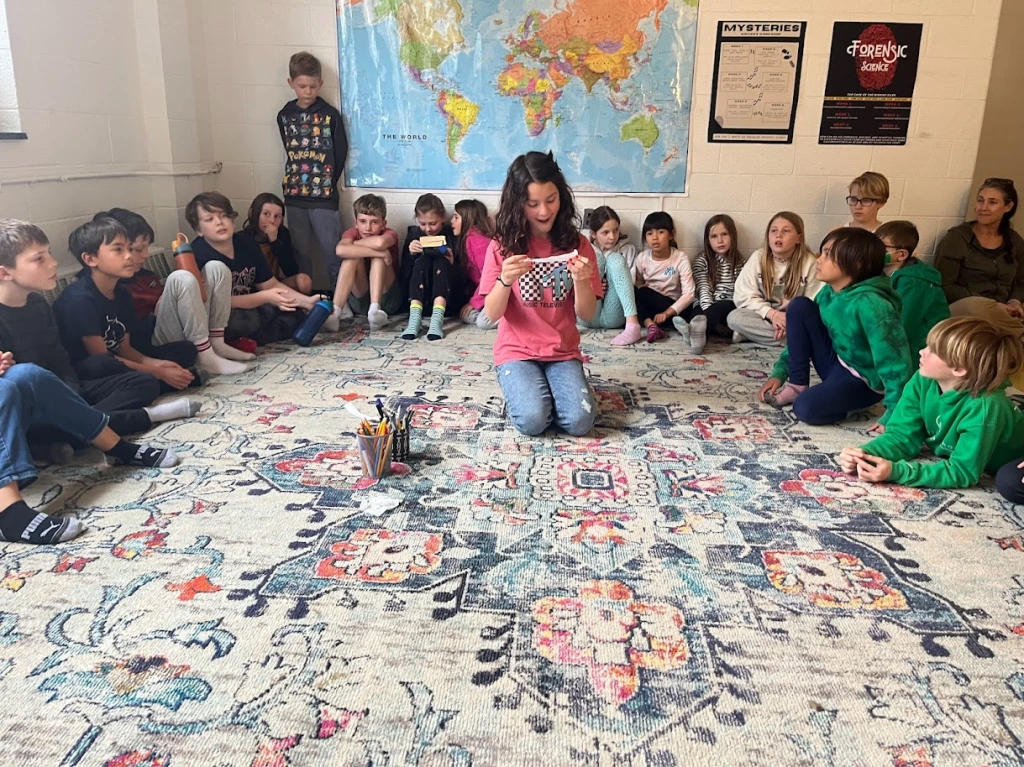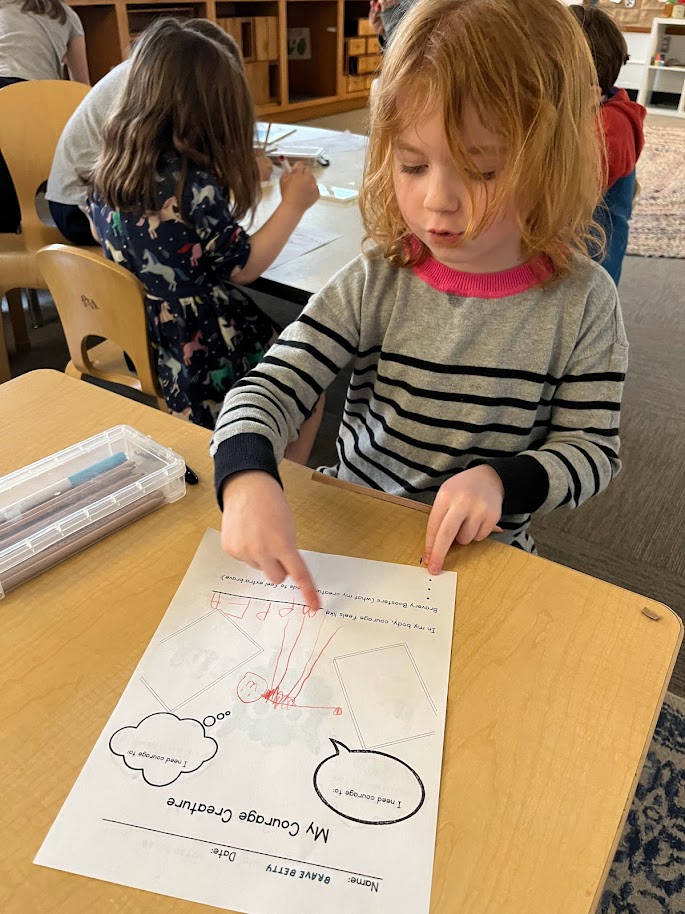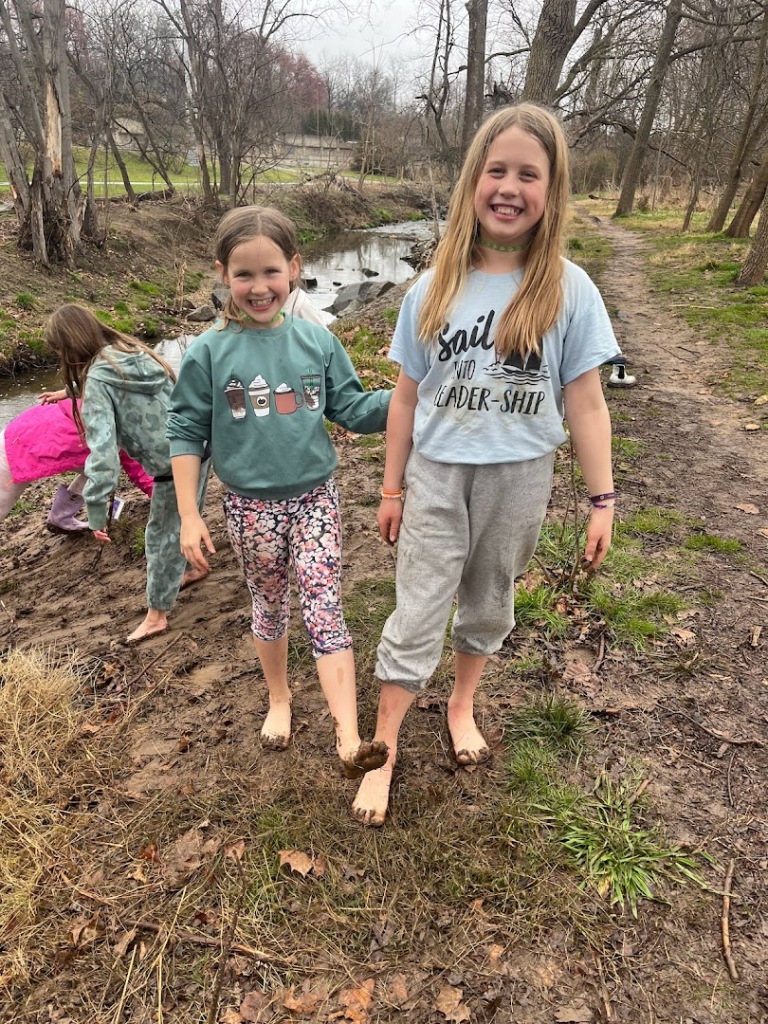
“Courage starts with showing up and letting ourselves be seen.” – Breńe Brown
In Health and Wellness this session, our learners have been exploring what it means to be a brave and courageous person. Researchers have found that there are many definitions for courage but common characteristics of courage include recognizing a risk and then deciding to act in a way that upholds our values in the face of risk. In John McCain’s book, Why Courage Matters: The Way to a Braver Life, he shares that
“Most of us see the need for moral courage. Most of us accept social norms: that it’s right to be honest, to respect the rights of others, to have compassion. But accepting the appropriateness of these qualities, wanting them, and teaching our children to want them, aren’t the same as actually possessing them… we need moral courage to be honest all of the time. It’s the enforcing virtue, the one that makes the others possible.”
Our learners took time to reflect on John McCain’s message and how it applied to the daily situations we are faced with. When we are faced with difficult situations, ones that require courage to stand up for others or ourselves, what will we do? Will we take a risk and do the courageous thing?

We also explored Breńe Brown’s message on vulnerability. She shares that in order to be vulnerable with others, we also have to have courage. The learners in Discovery and Adventure took part in an activity where they were vulnerable and shared about their fears. Each of us, guides included, wrote down a fear and then we anonymously shared our fears with the studio. Many learners noticed that they had the same fears as others such as heights, spiders, the dark, being left out, and being made fun of. Upon reflection, many of the learners said that they felt more comfortable and relieved after having been vulnerable and realizing that many other learners felt the same way as them.

Our youngest learners in Spark have been exploring bravery through stories such as I Am Courage and The Courage of the Little Hummingbird. Upon reflection, many of the learners have decided that being courageous or brave makes them feel nervous but after they do something brave, they feel so proud. We also created courage creatures which helped us to envision the courage we all have within us. Along with the courage within us, Spark learners also shared that they have “courage boosters” like hugs from our moms and dads or encouraging words from our siblings that can help our “courage creatures” feel even more brave.

In our final weeks of the session, each learner will create a plan of action, taking a step to do something courageous. Cindy Solomon shares that even though only 1 in 3 people see themselves as courageous, 100% of us ARE courageous. We all have “courage muscles” that we can strengthen by recognizing the opportunity, being okay with being uncomfortable, and visualizing the best thing that could happen if I were courageous. Moments of courage are not all big moments, they can be small everyday acts that challenge us to be authentic, kind, or outspoken. Every day brings a new opportunity to explore being brave and courageous.
